In this post you’ll learn the best Google AdSense sizes, ads, and placement.
This guide will help you improve AdSense earnings by optimizing their delivery without annoying your visitors. Or, blowing up your AdSense account because you’re abusing its terms.
Google lifted restrictions on how many ads you can have each page.
But:
That doesn’t mean you should plaster them everywhere. If you think you can make a page filled with ads and call it a day you’re in for a surprise. You break the rules and your AdSense will get banned.
You must consider users with AdBlock, too.
PageFair estimates 615-million users block ads on their devices.
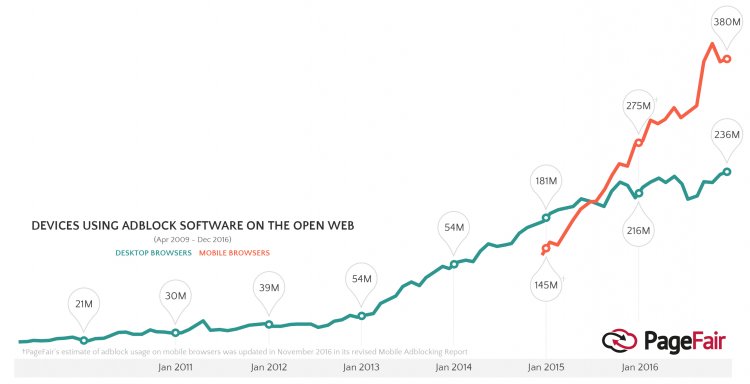
The challenge becomes getting the most from your AdSense units with the few visitors still willing to click the ads. This is where AdSense best practices come into play. That, and applying ads based on what’s working well with competitors.
These are the Google AdSense Sizes and Ad Units You’ll Want
Ads suck but they keep sites going and with enough traffic you can make good money.
Get rid of your bias and convictions with ads.
The ads you place provide bonus resources and offers for visitors. They should be there without disrupting the content and user experience, though.
Google says the best AdSense ads and sizes are:
- 336 x 280 Large Rectangle
- 300 x 250 Medium Rectangle
- 728 x 90 Leaderboard
- 300 x 600 Half Page
For mobile:
- 320 x 100 Large Mobile Banner
We wanted to be sure, so we checked a few popular sites running ads.
Note: Not all of them are using AdSense but we can get a good idea of where ads can go.
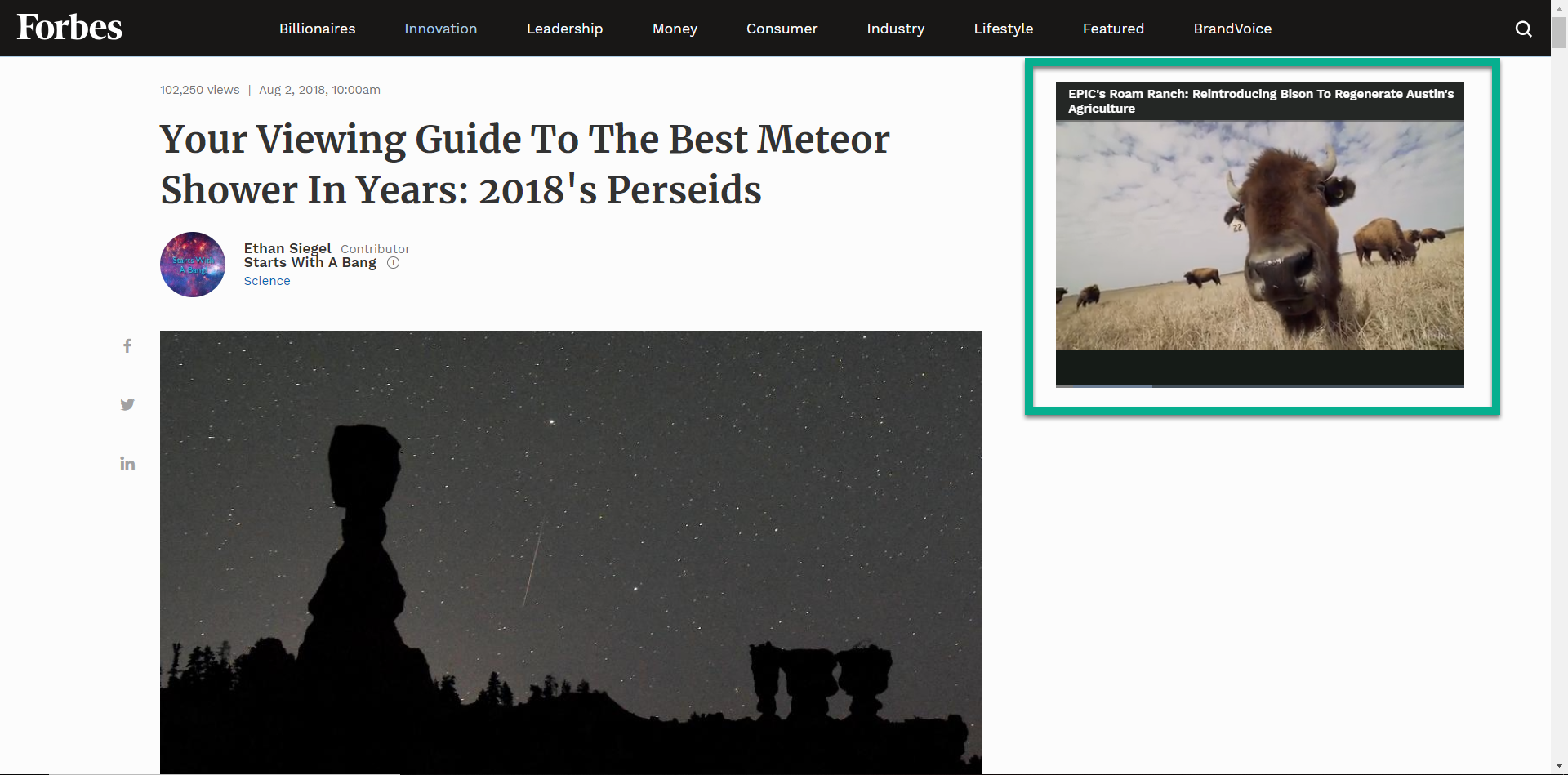
Forbes loves placing a video in the sidebar scrolling with you when reading.
This tends to be a news feature. But, sometimes shows sponsored content. +1 for the medium rectangle.
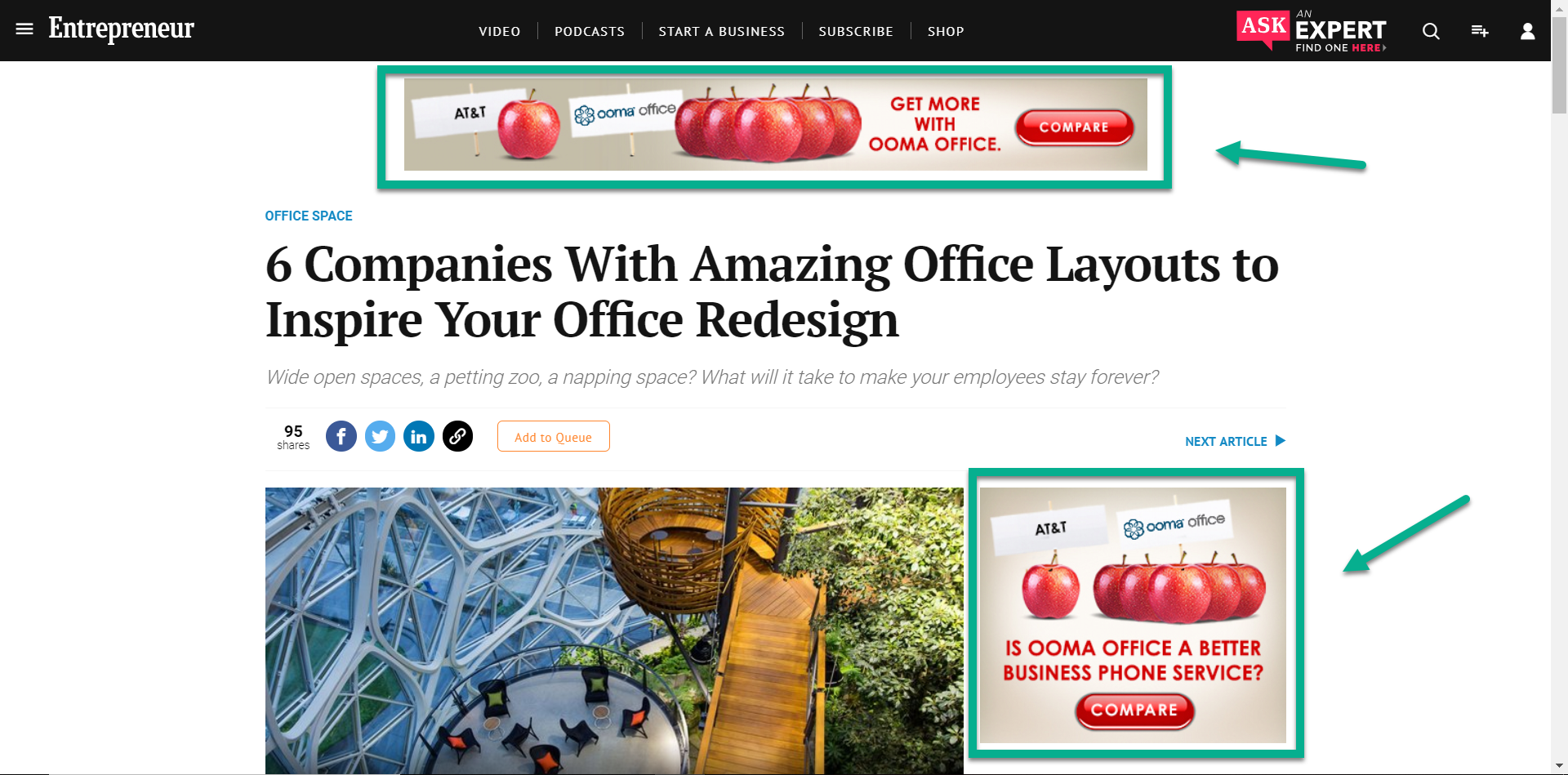
Entrepreneur goes for the top-center leaderboard and sidebar medium rectangle ads with their site.
These are tried and true placements you could replicate on your AdSense-optimized website.
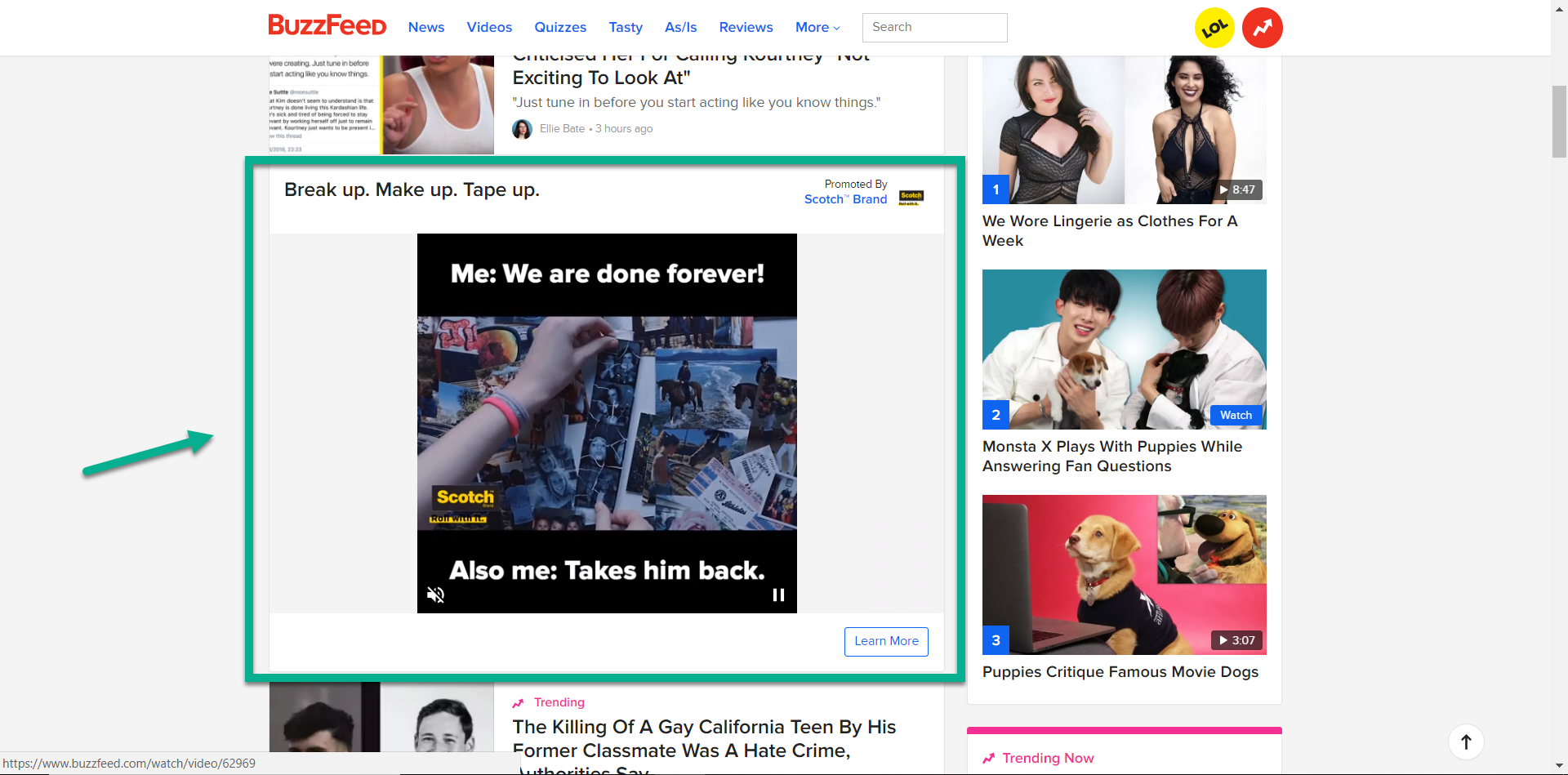
BuzzFeed places ads between the content feed like you’d find on social media channels.
They’re using a video ad, but you could easily swap in the 336 x 280 large rectangle format.
—
There are thousands of examples we could get into, but you get the point.
It seems Google’s suggestions are the Web’s consensus about ad formats and placement, too.
Here is Where You’ll Place the AdSense Units on Your Site
So, if you’ve played with AdSense before then you’ve seen this image…
…don’t follow this example completely.
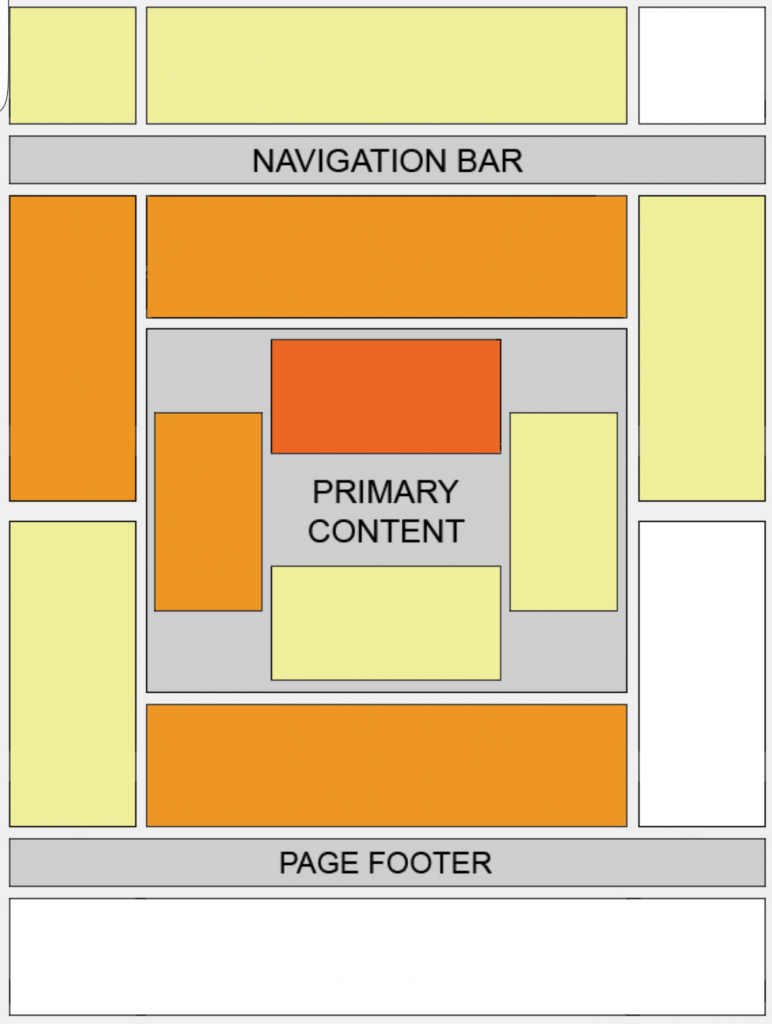
This has floated around the Web for years as Google’s “Best Practices” for AdSense placement.
A lot has changed since then especially how we see standardization with:
- Hamburger menus vs navigation bars
- Full-width content vs multiple sidebars
- Small headers vs big, resource-rich spaces
There’s some semblance of truth in the old image, though.
We tend to look at these “hot spots” when visiting a website.
![]()
Note: Check the AIS eye-tracking study (pic above) or Shopify’s deep dive into the subject if this interests you.
It just so happens this aligns with Google’s updated ad placement recommendations.
Google provides a few AdSense ad cheat-sheets…
…use these as your basis.
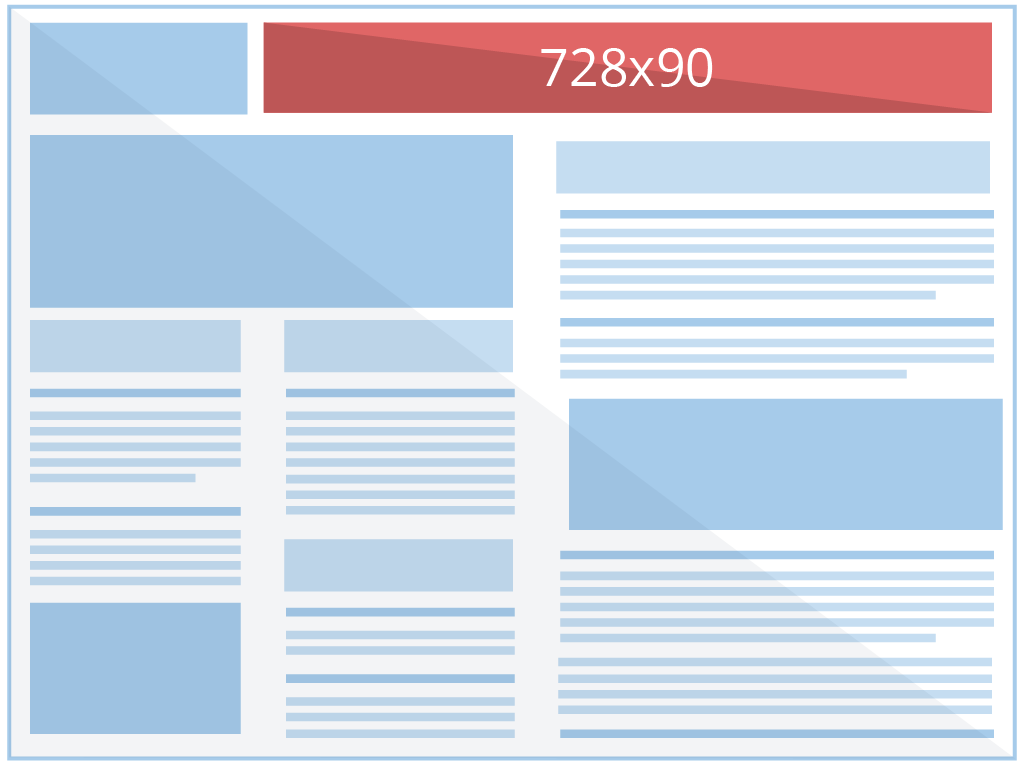
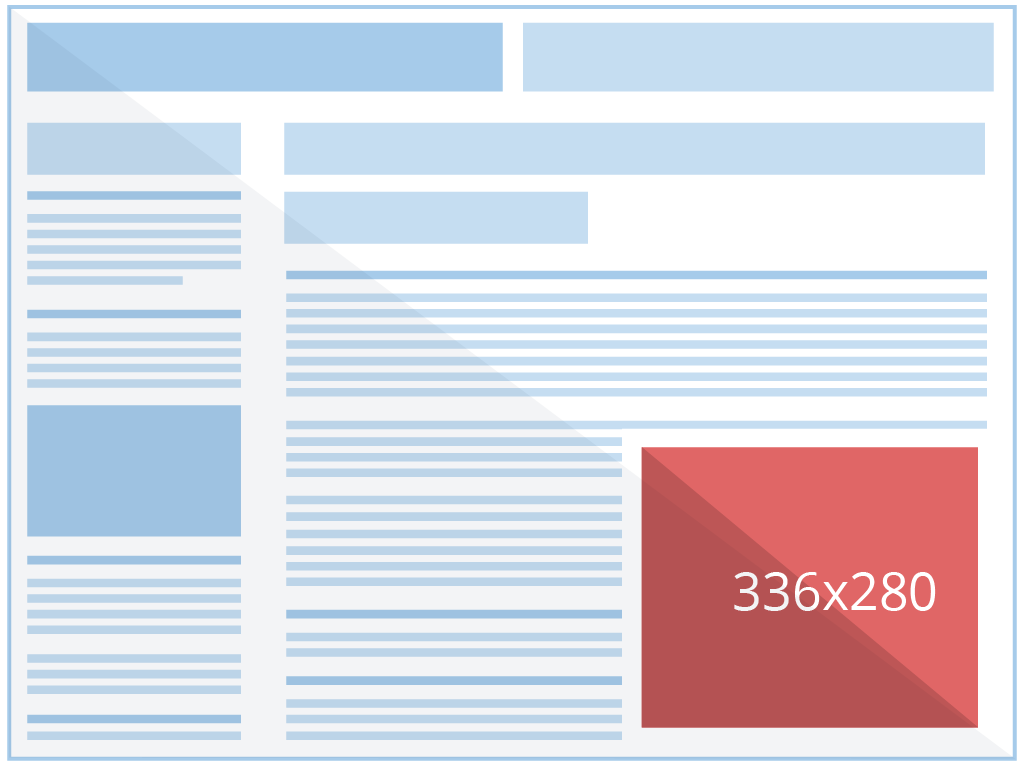
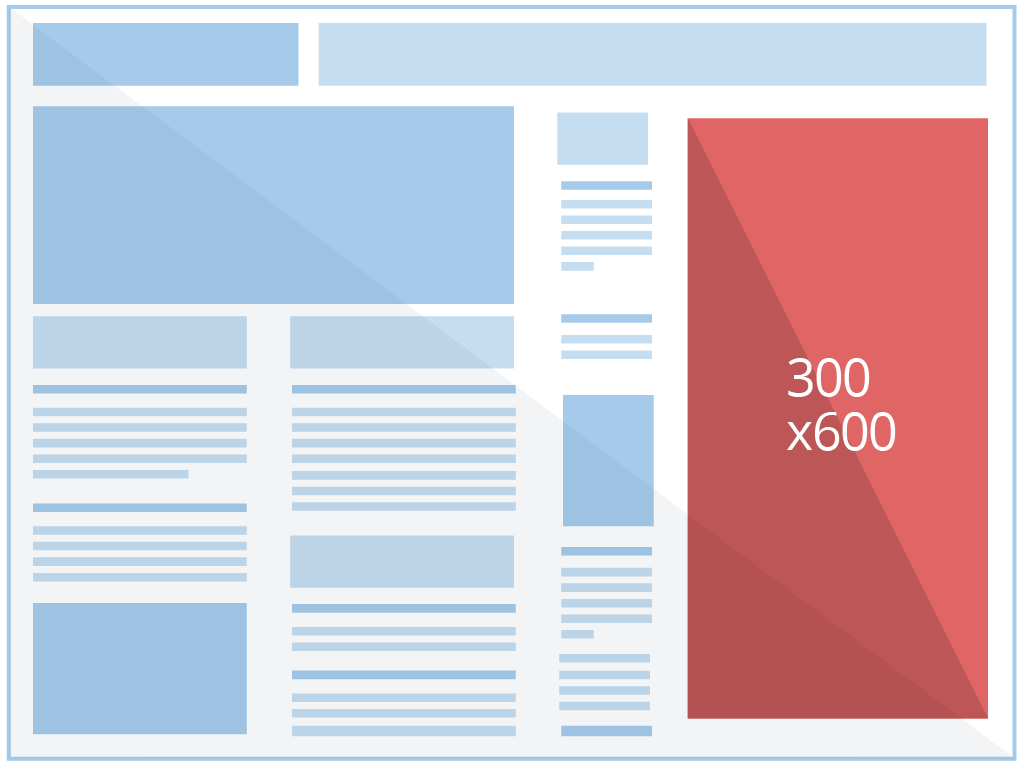
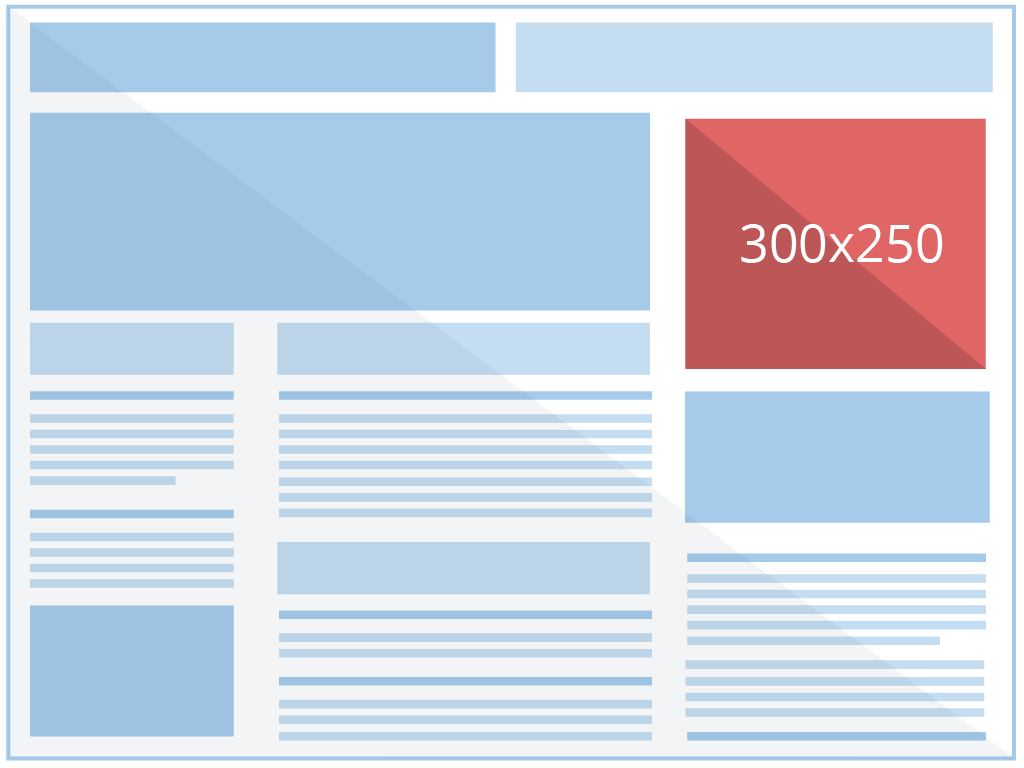
What can we learn from this?
- Front-and-Center – The top leaderboard is a constant performer because it’s in our face the moment the page loads. A leaderboard ad is perfect if you’re not using traditional navigation like a hamburger menu. Otherwise, have it above the main content area.
- Sidebar Rules – The sidebar is still one of the best places for ads because it’s standard practice. We’re used to this area displaying ads and extra information. It’s not intrusive but catches enough attention you’ll get some users clicking.
- Content “Breathers” – Think of the content ad unit as a commercial giving a visitor a break before slogging on. This may catch some at the perfect moment getting their click.
- Credits – Those ads before they leave (content’s bottom) is one last attempt to interest a reader before they bounce or click to the next article. The reader’s satisfied (hopefully) with the content and ready to act – they may click if the ad has a great resource.
I can’t stress the importance of user flow and usability in all this.
Your average Web user is tech-savvy with AdBlock, page readers, and mobile. They’ve developed a blindness to most ads. And, they won’t stick if ads are an annoyance.
Find that perfect balance with ad types and placement.
This is a Way to Improve Ad Performance and Placement
You’re using AdSense to monetize.
So far, it’s been a guessing game mixed with best practices and suggestions.
Want to know how to get ad clicks up?
Know your audience.
The best way to know your audience is through:
- Developing an audience profile (aka the Customer Avatar)
- Knowing how and why they’re visiting your site (aka the Search Intent)
- Discovering what’s grabbing their attention (aka the Irresistible Offers)
- What device they’re using to visit the site (aka the Mobile Optimization)
A short-cut is using heatmap tools.
These are apps & services tracking the user’s every move letting you understand how they interact with the site, where they click, and what’s causing conversion friction.
These tools are super easy to install and understand.
We personally recommend SmartLook for heatmap services & tools, but you could also use HotJar and CrazyEgg if you’re familiar with those brands.
Let them explain it:
What you’re doing is using the tracking tools to find “hot zones”.
The hot zones are where you’d test ad placement.
Examples:
- Reversing content + sidebar to sidebar + content
- Try a stack menu versus navigational links
- Trying different ad sizes and how they embed
These are the same actions you do when applying optimization strategies to increase conversions.
Heatmaps provide way better recommendations than anything you’ll find in blog posts (even this one).
Or, You Could Use Google’s AdSense Auto Ads
The big brain of Google is using its machine learning and AI to improve ads and placement automatically.
The AdSense auto ads feature is a snippet of code provides:
- Automatic optimization showing ads when they’ll best perform
- Automatic placement in areas where it detects a revenue opportunity
You toggle these ads using sliders.
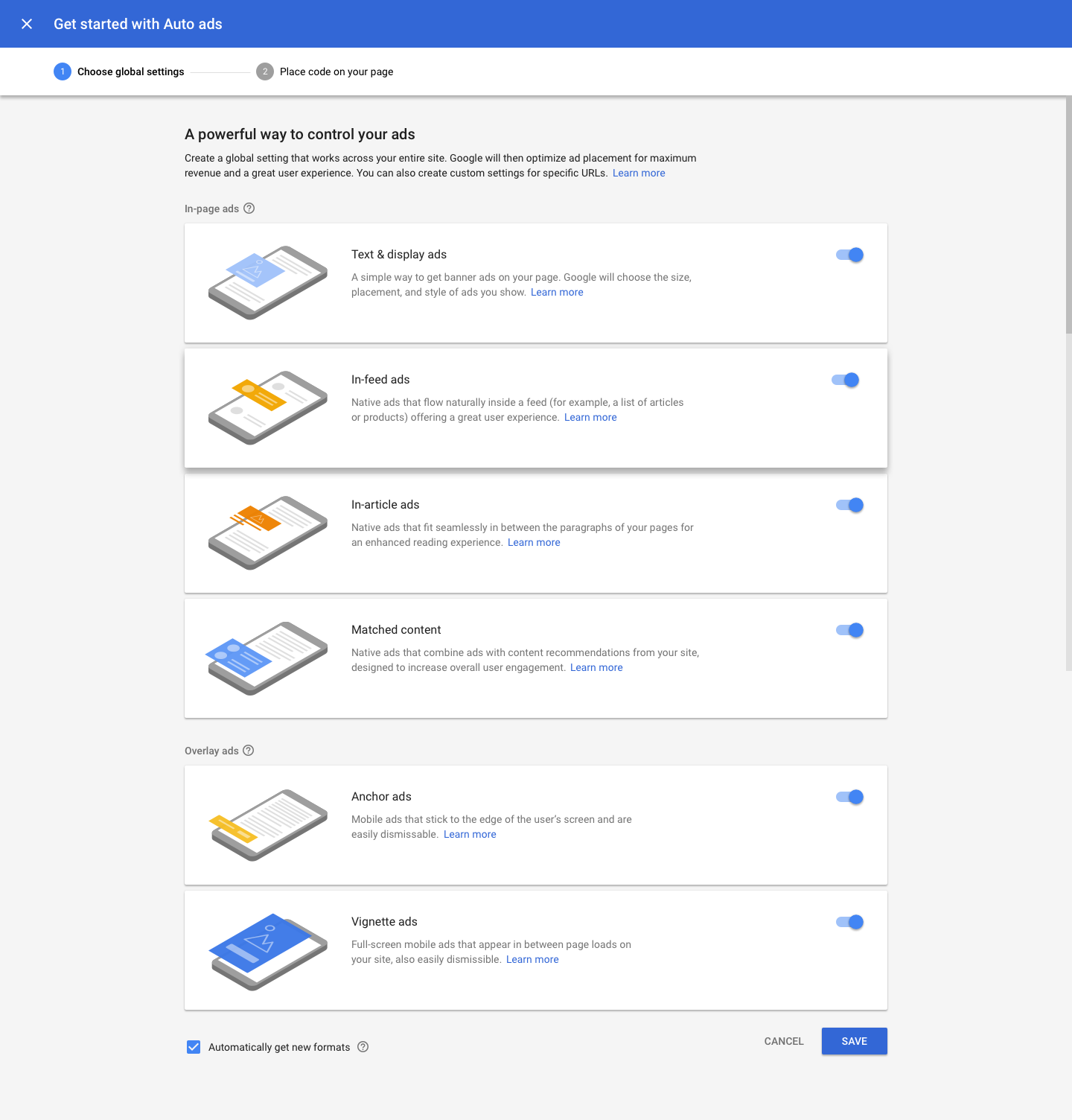
Paste the code and you’re good to go.
Google will do the rest.
But:
It’s somewhat impossible to know whether ads are performing their best, anyway. Every website, audience, and ad display are different. This is, again, why you should Always Be Testing.
Compare the manual placement to auto placement and see which perform best.
Find the Best AdSense Ads and Placement for Your Audience
We hope this gives you a better understanding of AdSense and where everything goes.
It’ll be a bit of trial and error, but you’ll get there.
Small changes do add up.
This could be the difference in hundreds (even thousands) of extra dollars every year. So yeah, find the best ads for your site and where they need to go.




